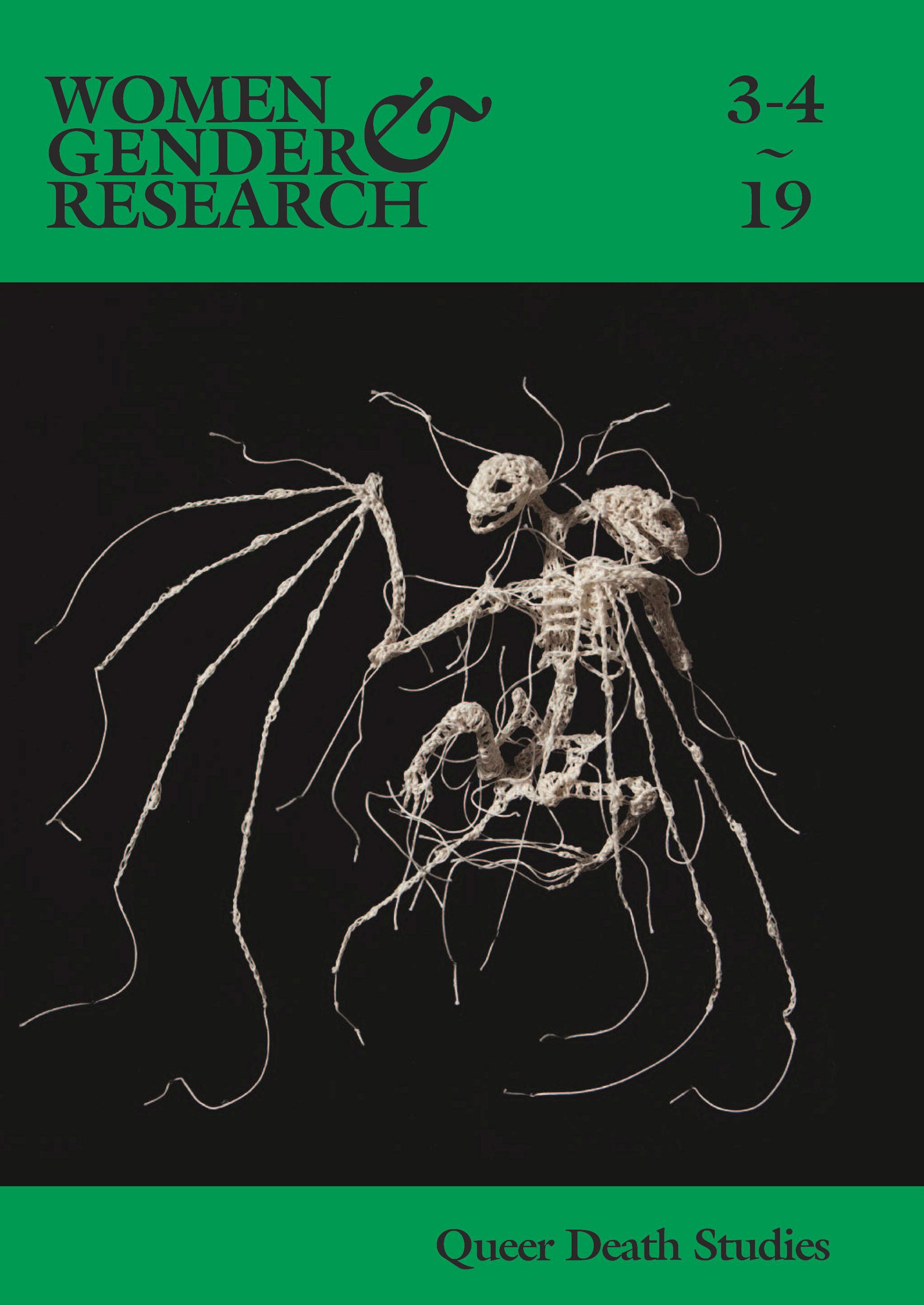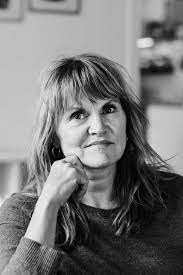QDS (Queer Death Studies):
Coming to terms with death, dying, and mourning differently - Marietta Radomska, Tara Mehrabi, and Nina Lykke:
Subject: queer death studies, death, dying, mourning, necropolitics, feminist materialisms
Publisher: Australian Feminist Studies
Publication date: 2020
Pages: 19
DOI: 10.1080/08164649.2020.1811952
This introduction to the Queer Death Studies special issue explores an emerging transdisciplinary field of research. This field critically, (self-)reflexively and affirmatively investigates and challenges conventional normativities, assumptions, expectations, and regimes of truths that are brought to life and made evident by current planetary scale necropolitics and its framing of death, dying and mourning in the contemporary world. It is set against the background of traditional engagements with the question of death, often grounded in Western hegemonic and normative ideas of dying, dead and mourning subjects and bodies, on the one hand; and on the other contemporary discourses on human and nonhuman death and extinction, directly linked to the environmental crisis, capitalist and post/colonial extractivist necropolitics, material and symbolic violence, oppression and inequalities, and socio-economic, political and ecological unsustainabilities. By bringing together conceptual and analytical tools grounded in feminist materialisms and feminist theorising broadly speaking, queer theory and decolonial critique, the contributions in this special issue strive to advance queerfeminist methodologies and ontological, ethical and political understandings that critically and creatively attend to the problem of death, dying and mourning in the current environmental, cultural, and socio-political contexts.


Reading the introduction to Queer Death Studies (QDS) allowed me to understand different layers surrounding death and mourning and the interdisciplinary nature of death studies. It was especially interesting to think about the geo-political and social landscape surrounding death practices that leads to necropolitics, making certain deaths to be more grievable than others. I believe that the notion of scale plays an interesting role when it comes to death studies. Death of a large group of population carries, such as historical genocide, a different magnitude than a death of a single person. However, in certain occasions, death of a single person becomes a heroic icon and leads to justice movements and protests through the virtual platform and social media. It is, therefore, challenging to simply evaluate the impact of death based on mere numbers and figures. Simultaneously, cultural and religious rituals differentiate humans from other species in imagining after-life, which makes us biased towards our own death.
It is quite impossible to form a completely objective view when it comes to death. As humans, we have emotional connections to people around us, as we naturally form communities and relationships throughout our life. Despite the challenges, it is important to have a critical lens to understand how our experiences and beliefs are being shaped by history, sociopolitical influences, and cultural norms. I, therefore, appreciate the terminology of ‘queering’ death studies as a way for us to break from the normative view and to strive for a more transparent and authentic knowledge towards death. I further wonder what role design plays within the practice of QDS - in terms of making alternative approaches toward death known to the public, coming up with new spatial typologies for spaces of mourning and bereavement, and bridging the gap between social and economic inequalities surrounding death.
- reflection written by Yunni Cho



